Home » Grinding Thermal Conductive Adhesive Using Hydraulic Three Roll Mill
Grinding Thermal Conductive Adhesive Using Hydraulic Three Roll Mill
Hydraulic Three Roll Mill
The hydraulic three roll mill is a cutting-edge machine specifically designed for precise grinding and dispersion of viscous materials, such as TCA. It consists of three horizontally positioned rollers that rotate at different speeds within a closely fitted gap. The adjustable gap allows for customized particle size reduction and efficient dispersion.
Details of Three Roll Mill
- Two types: handwheel and digital control gap
- Safe scraper socket, Emergency-stop
- Space-saving desktop models
- Drip tray for easy cleaning
Application: Paint, Adhesive, Battery, Pharmaceutical industry, Cosmetic
Thermally conductive adhesives play a crucial role in the electronics industry by providing reliable heat dissipation to sensitive electronic components. To optimize their performance, these adhesives need to be uniformly dispersed and finely ground to maximize thermal conductivity. The hydraulic three roll mill offers a highly efficient grinding process for thermal conductive adhesives, enabling enhanced material properties and improved application outcomes.
In the world of thermal management, heat dissipation is a key challenge, particularly in industries such as electronics, automotive, and aerospace. To address this issue, thermal conductive adhesive (TCA) has emerged as a crucial material for enhancing heat transfer in various applications. However, achieving optimal performance with TCA requires a precise and efficient grinding process. This is where the hydraulic three roll mill comes into play, revolutionizing the way TCA is ground.
Understanding Thermal Conductive Adhesive
Thermal conductive adhesive is a composite material that combines the benefits of a thermally conductive filler (such as metal or ceramic particles) with the adhesive properties of an organic polymer matrix. This unique combination enables TCA to bond components while efficiently transferring heat between them.
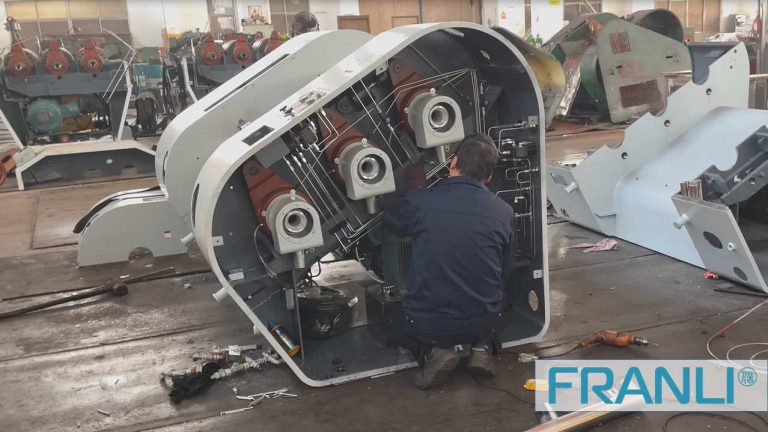
The Importance of Grinding
While raw materials for TCA may possess desirable thermal properties, their effectiveness can be hindered by particle agglomeration, impurities, or inadequate dispersion. Grinding the TCA helps to overcome these challenges by reducing particle size, achieving uniform distribution, and eliminating impurities. This significantly enhances the thermal conductivity and adhesive properties of the material, resulting in improved heat transfer efficiency.
Grinding Process
Step 1: Preparing the TCA:
Before starting the grinding process, the TCA needs to be properly prepared. This involves weighing and measuring the components of the adhesive, including the thermally conductive filler and the binder material.
Step 2: Loading the Mill:
Once the TCA components are prepared, they are loaded into the hydraulic three roll mill. The rollers are adjusted to create the desired gap, considering the desired particle size and dispersion properties.
Step 3: Grinding:
Upon starting the mill, the rollers rotate at different speeds, drawing the TCA into the grinding zone. As the TCA passes through the narrow gap, it is subjected to intense shear forces, which effectively break down the agglomerates and reduce the particle size. The grinding process can be customized according to the specific requirements, allowing for precise control over particle size distribution.
Step 4: Monitoring and Optimization:
Throughout the grinding process, it is essential to monitor the temperature and pressure inside the mill. This helps to ensure that the TCA does not overheat, which could affect its thermal and adhesive properties. Additionally, adjustments to roller speed, gap size, and feed rate can be made to optimize the grinding process for the desired results.
Step 5: Quality Control:
After the grinding process is complete, the resulting TCA is carefully analyzed to confirm its properties, including particle size distribution, thermal conductivity, and adhesive strength. This quality control step ensures that the ground TCA meets the required specifications for its intended application.
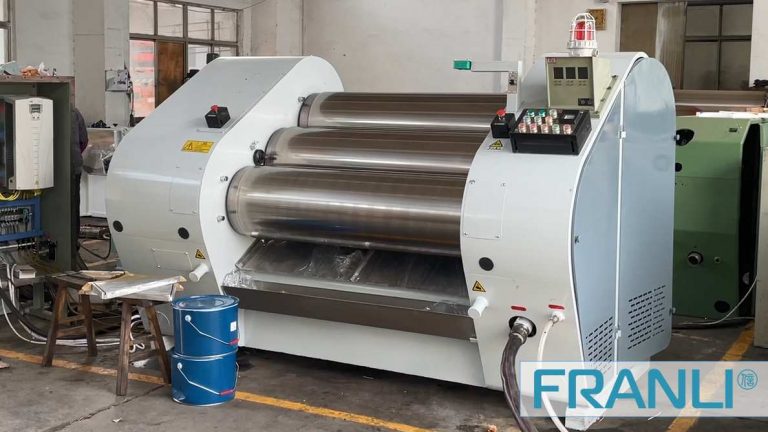
The process of grinding thermal conductive adhesive using a hydraulic three roll mill is a game-changer in improving the thermal management capabilities in various industries. By reducing particle size and achieving uniform dispersion, this advanced grinding method enhances the thermal conductivity and adhesive properties of TCA. The ability to precisely control the particle size and optimize the grinding process ensures consistent and reliable performance. With the hydraulic three roll mill, manufacturers can unlock the full potential of thermally conductive adhesive, enabling more effective heat transfer solutions in an ever-evolving technological landscape.
The hydraulic three roll mill presents a superior grinding solution for thermal conductive adhesives, providing uniform dispersion, enhanced material properties, and improved thermal conductivity. By implementing this efficient grinding process, the electronics industry can achieve optimized heat dissipation and enhance the performance of electronic devices. With its versatility and numerous benefits, the hydraulic three roll mill has the potential to drive innovation and greater efficiency in various industry applications.
FRANLI manufactures all types of three roll mills and designs the best solutions for different materials. As a three roll mill manufacturer with 20 years of experience, FRANLI has a team of experts in the design of a complete line and provides permanent pre-and post-sales service.
Welcome to send inquiry to us and let’s make a win win business together !
Guidelines For Three Roll Mill
Three roll mills are widely used in a variety of chemical industries, from medium to high viscosity productions. FRANLI machine can break open all kinds of pigment, UV ink, offset ink, decorative paints, and Lubricants, it also can catch the greatest fineness in cosmetics/ lipstick and electronics industries.
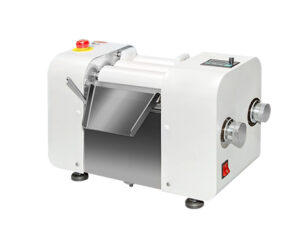
Three Roll Mill For Carbon Black|High Grinding & Dispersion
Three roll mill is the main equipment for grinding colored carbon black, as it is used extensively in rubber, plastics, paints, and inks, and some carbon black is added.
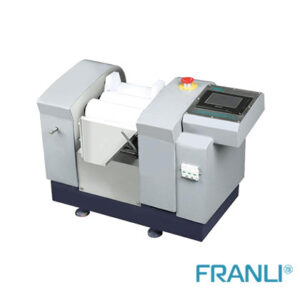
Laboratory Three Roll Mill|PLC Control System & Experimental
The laboratory three roll mill is equipped with the most advanced PLC functions to continuously improve the operability of the most primitive production equipment.

Three Roll Mill For Grease
The three roll mill plays a vital role in the grinding of grease. Grease is essentially a kind of lubricating oil, which is a solid or semi-solid product formed by one or more thickeners through the grinding and dispersing action of a three roll mill.

Three Roll Mill For Attapulgite
Three roll mill is the main equipment for grinding attapulgite. The attapulgite is ground and dispersed mainly because it is a natural colloid. Even if the size of the attapulgite reaches 0.1mm, it cannot be easily dispersed by the machine, so the final state of attapulgite formation has been greatly developed.
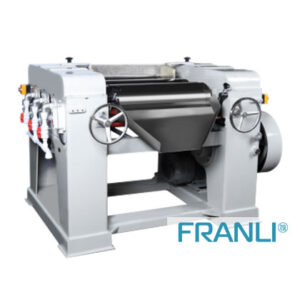
Rolls of a three-roll mill
The three-roll mill is mainly used for grinding materials of various viscosities and is one of the best wet grinding equipment. The dispersing and emulsification effect of the three-roll mill is excellent, especially for ink, paint, colloid, chocolate, plastic, cosmetics, etc., whether it is liquid slurry or paste material, the three-roll mill can work easily.

3 roll mill|Failure of the roll shaft & pulley
The 3 roll mill is a grinding and dispersing equipment, which plays an irreplaceable role in improving the quality of coating products.

